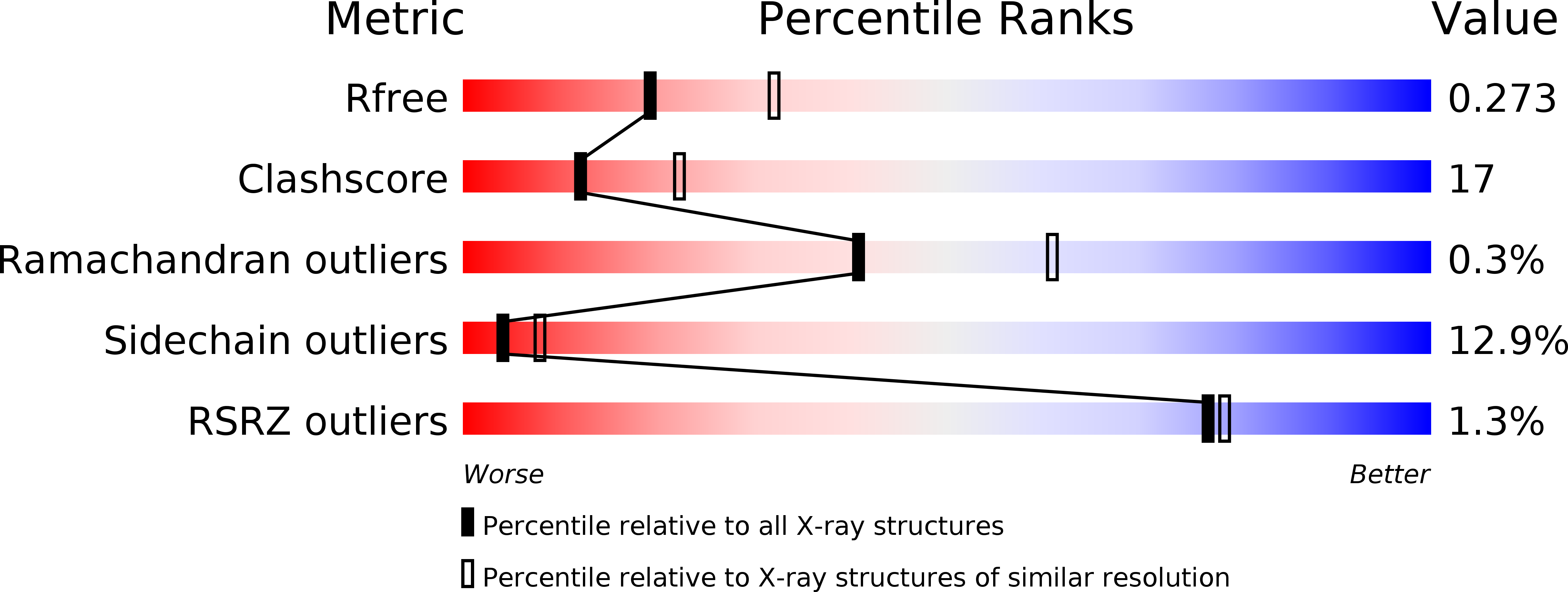
Deposition Date
2010-12-13
Release Date
2011-12-21
Last Version Date
2023-12-20
Method Details:
Experimental Method:
Resolution:
2.50 Å
R-Value Free:
0.27
R-Value Work:
0.20
R-Value Observed:
0.21
Space Group:
P 1 21 1


